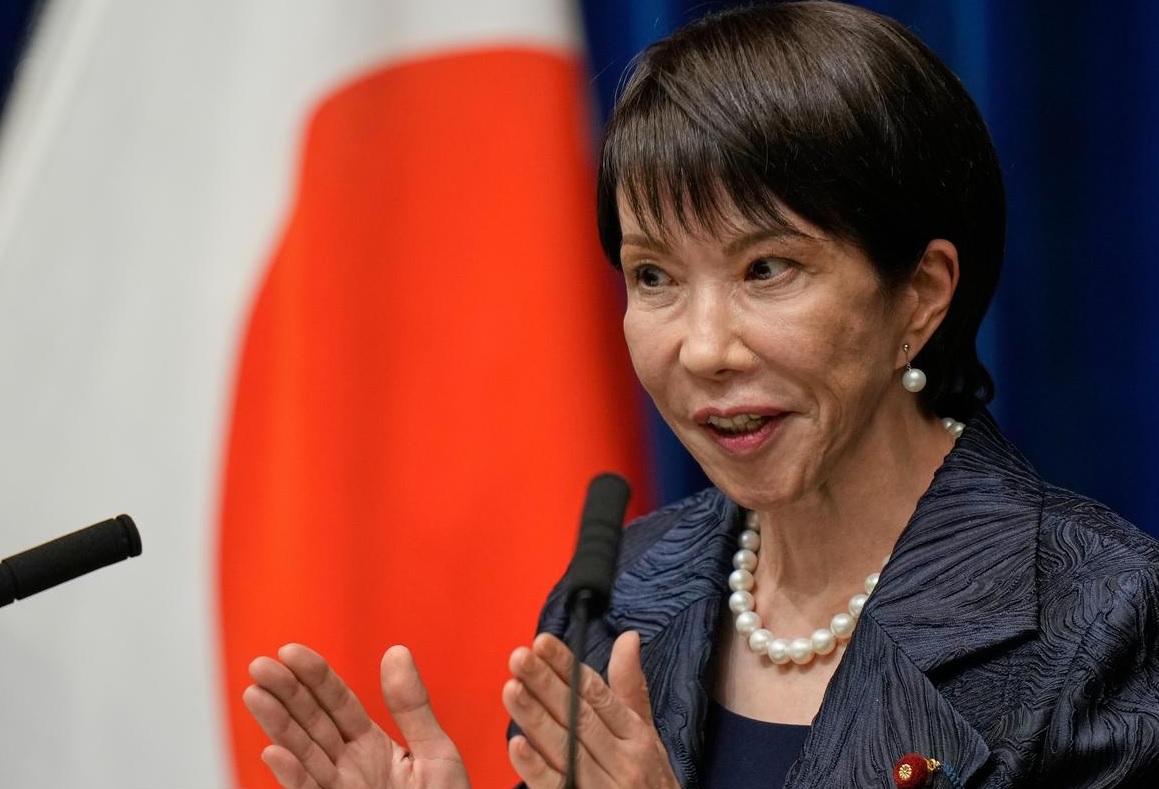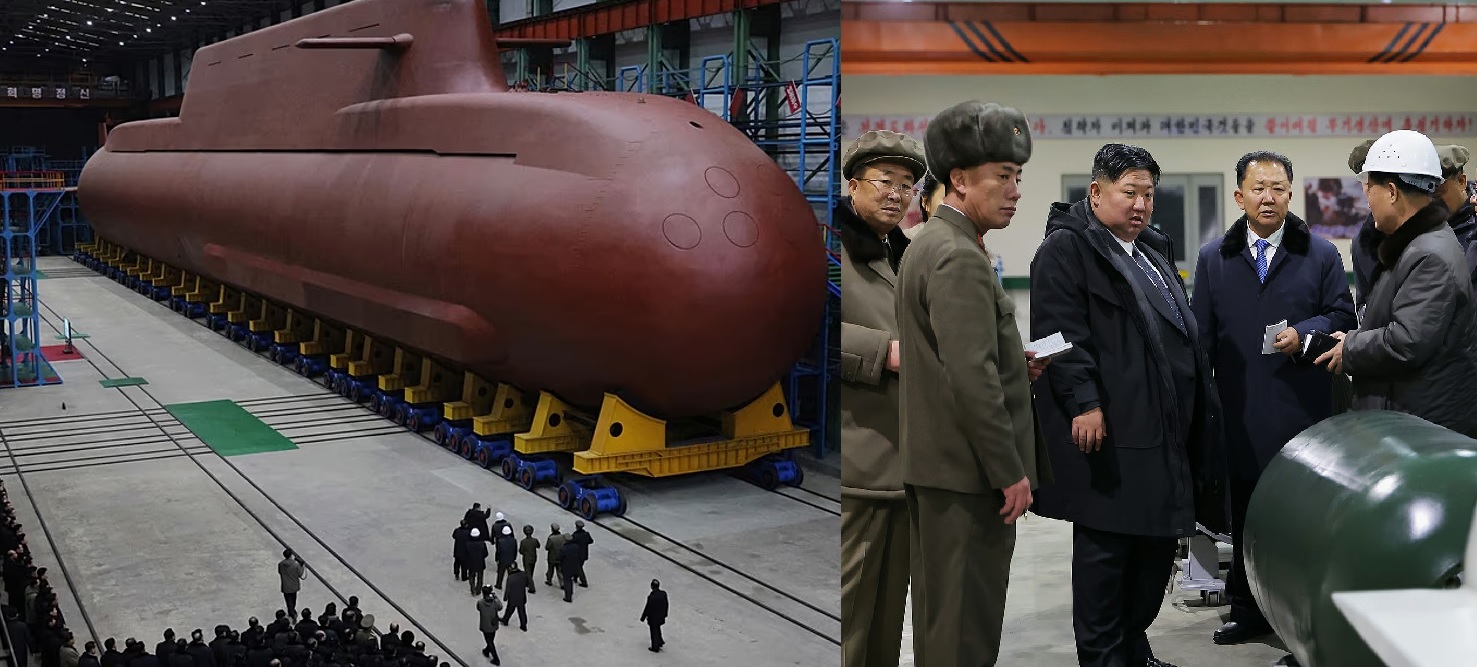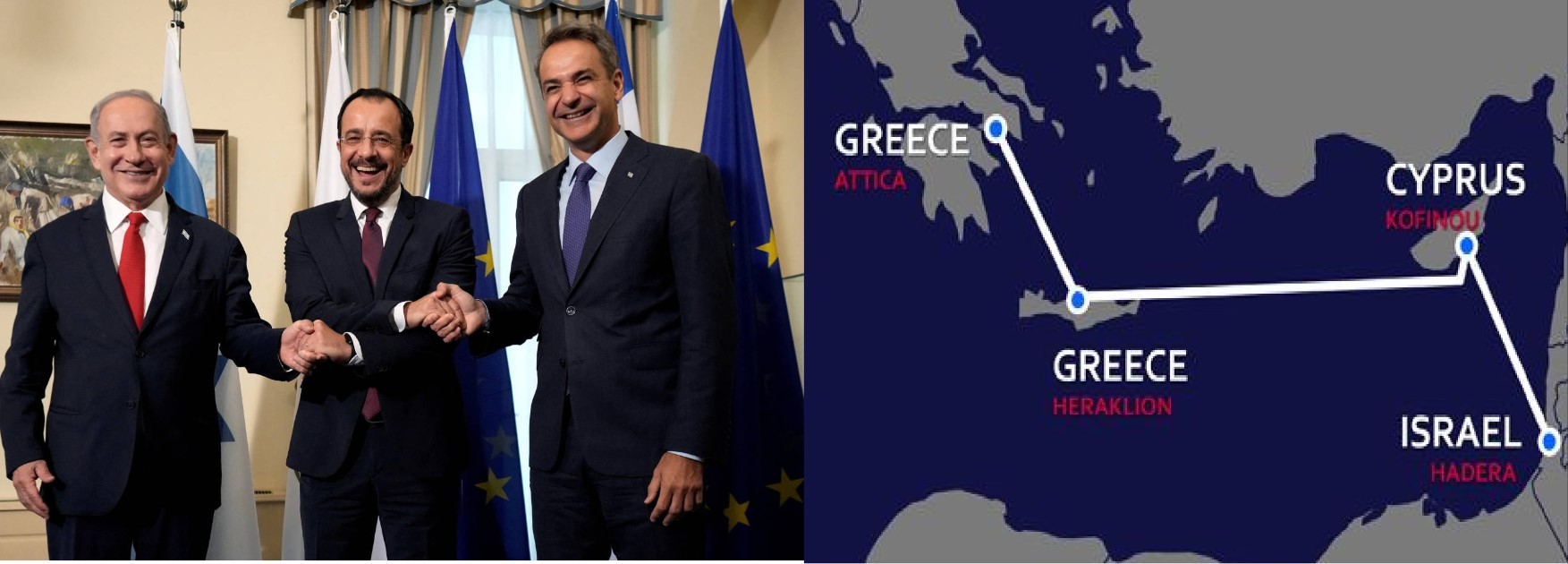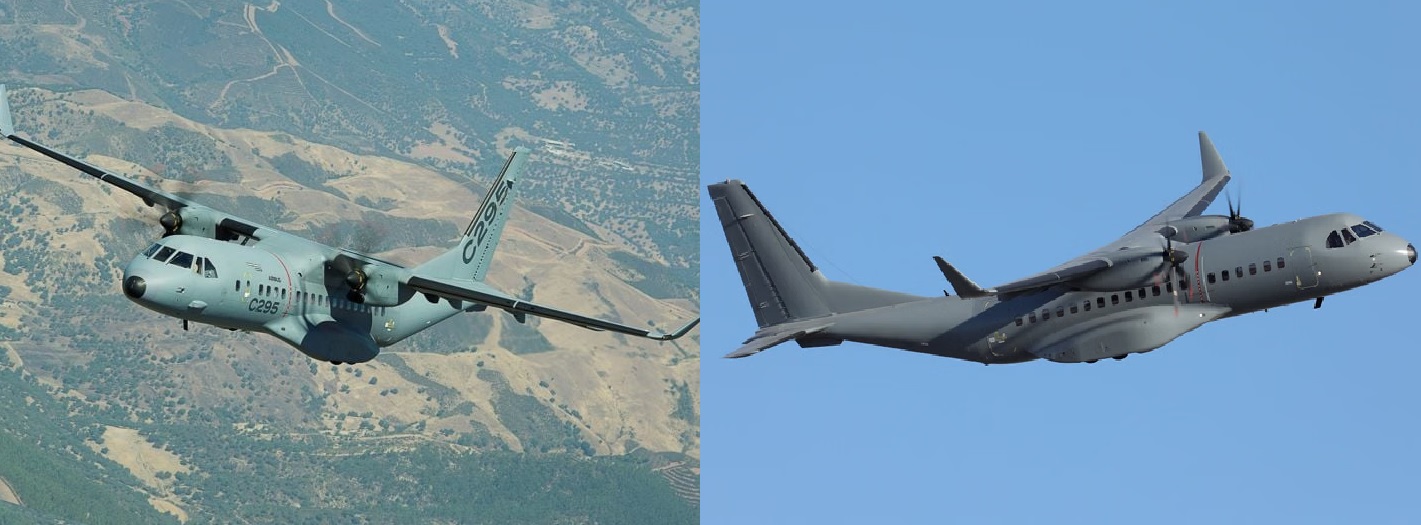Germany Increases Military Aid to Ukraine by €3 Billion, Having Already Given Over €55 Billion in Total Support
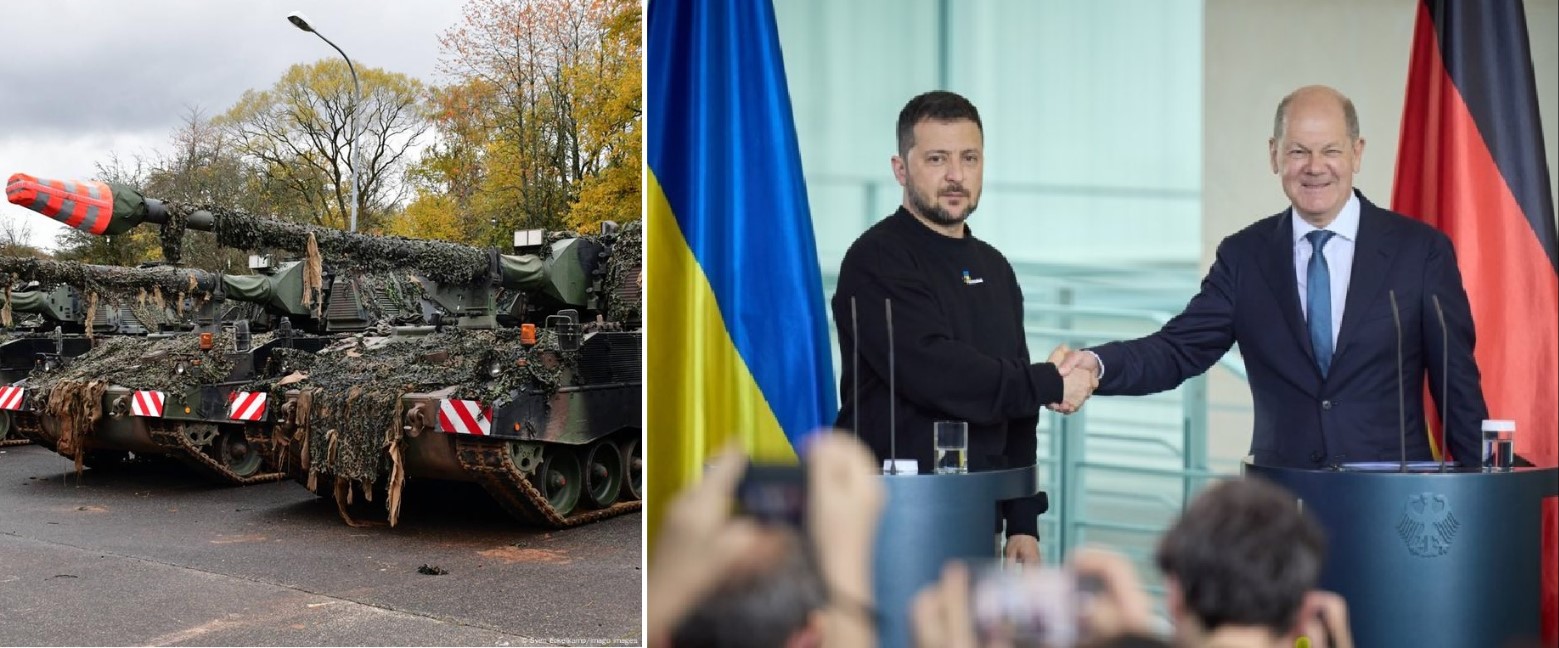
Germany has announced a major increase in its military assistance to Ukraine, pledging an additional €3 billion (approx. $3.4 billion) in support for the upcoming fiscal year. This move will raise Berlin’s total military aid commitment to approximately €11.5 billion (about $13.2 billion) for the coming year. The announcement comes as part of Germany’s broader effort to demonstrate long-term backing for Ukraine amid its ongoing conflict with Russia.
The decision, revealed by officials close to Finance Minister Lars Klingbeil and scheduled to be presented in the 2026 parliamentary budget process, signals Germany’s deepening role as a central pillar of Europe’s defence posture.
Expanding Military Support: What the New Package Covers
According to early outlines from the German Finance Ministry, the additional €3 billion will cover a varied mix of heavy weaponry, precision systems, and logistical equipment. Among the items highlighted are:
-
Artillery systems and ammunition, to replenish stocks used by Ukrainian forces.
-
Reconnaissance and combat drones, reflecting the rising importance of unmanned systems on the battlefield.
-
Armoured vehicles, to support Ukraine’s ground forces and mobility in contested areas.
-
Replacement of two Patriot missile-defence systems that Germany previously supplied to Ukraine, ensuring Ukraine retains critical air-defence capability.
Germany’s contributions will also expand cooperation between the Bundeswehr and Ukrainian Armed Forces, including training, maintenance, integration of Western platforms, and logistical support.
Berlin’s Strategic Stance: Leadership Through Action
A German finance ministry spokesperson reaffirmed that Germany remains Europe’s largest single supporter of Ukraine, both militarily and economically. The statement emphasized that Berlin’s approach extends beyond weapons delivery, encompassing reconstruction funding, economic stabilization efforts, and humanitarian assistance for civilians.
“Germany stands firmly by Ukraine’s side,” the spokesperson said. “We will continue to provide help for as long as it is necessary to defend against Russia’s war of aggression.”
This declaration underscores Berlin’s evolving defence posture within Europe. Once criticised for hesitation early in the war, Germany has since shifted into a more proactive role—ramping up defence spending and repositioning itself as a major provider of military support.
How Much Aid Has Germany Already Provided?
To put the new pledge into context: Germany’s total aid to Ukraine is substantial. According to multiple government and independent sources:
-
As of April 2025, Germany reported €48 billion (approx. $55.5 billion) in total support since the war’s onset in 2022, including both military and civilian assistance.
-
Of that, about €15.6 billion was designated as military aid.
-
Earlier data noted that by March 2025, Germany’s military aid alone reached €15 billion, with a total commitment of around €38 billion when including future contracts.
-
Other official figures describe approximately €34 billion in bilateral civilian support and €38 billion in military assistance.
These figures illustrate not only how large Germany’s commitment has become but also how the scale of support covers multiple domains—not just weaponry, but also economic, humanitarian, and reconstruction aid.
Strengthening NATO’s Eastern Flank
The funding increase also aligns with Germany’s broader efforts to reinforce the region’s security architecture. Germany is establishing a new permanent armoured brigade in Lithuania, to be equipped with advanced systems such as Leopard 2A8 main-battle tanks and Puma infantry fighting vehicles, integrated with drone-countermeasure capabilities.
This deployment underscores Berlin’s commitment to NATO’s eastern frontier and signals a shift toward a more forward-leaning posture against potential Russian aggression.
Global Context: A Signal to Allies and Adversaries
Germany’s expanded military aid comes at a time when global attention toward Ukraine has fluctuated due to political changes in the United States and domestic pressures across Europe. By committing billions more in aid, Germany is sending a clear message that Europe’s largest economy will not waver in its support—even as global priorities shift.
U.S. officials have welcomed the move, viewing it as critical to sustaining Ukraine’s defence capacity, while Russia has condemned it as a “provocative escalation.”
Balancing Aid and Domestic Debate
Despite strong government backing, Germany’s growing military role has not been without internal debate. Some lawmakers have raised concerns over the financial strain of sustained assistance and its potential impact on domestic priorities such as energy subsidies and housing programmes.
However, supporters argue that Germany’s security and economic stability are directly tied to Ukraine’s ability to resist Russian aggression, framing the aid as a strategic investment in European peace and deterrence.
A Defining Role in Europe’s Security Architecture
As Europe recalibrates its defence posture for an uncertain future, Germany’s latest move positions it as a decisive actor in shaping the continent’s collective response. The additional €3 billion is not merely a gesture of solidarity—it is a strategic reinforcement of Germany’s transformation from a cautious power into a proactive guarantor of European security.
With its defence industry ramping up production and its military footprint growing in Eastern Europe, Germany’s actions demonstrate that it is now willing to shoulder the responsibilities of leadership in a turbulent era.
✍️ This article is written by the team of The Defense News.
